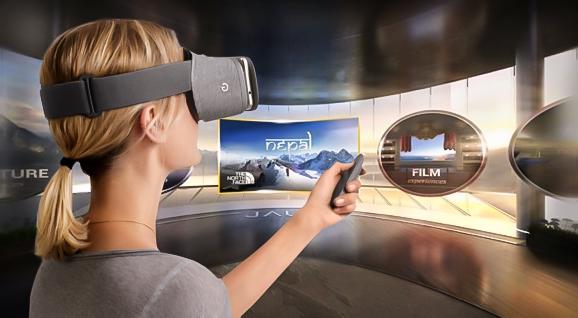Most VR content is built on game engines like Unity. VR creators are placing all their chips on the premium engines such as Unity and Unreal, and that’s because they look to these platforms as their best bet for delivering high-octane experiences. There are, however, big drawbacks to publishing “triple A” immersive content. One is distribution, which is a question of all the friction that comes with being isolated to walled gardens. That is, to play the game or jump into the experience, you’ll need to register, download, install, and have access to a VR headset. The other, which stems from the problem of distribution, is “how are you going to market it?”
Those responsible for marketing typically take the default position of sticking to the same tools and methods as the traditional industries they are supposed to transcend. Those would be 2D videos and 2D illustrations, which I hope you can agree is like taking a knife to a gun fight. These are old generation marketing tools being hopelessly applied to an emerging tech that is, by definition, offering next-generation experiences that 2D media assets can’t hope measure up to.
![]()

![]()